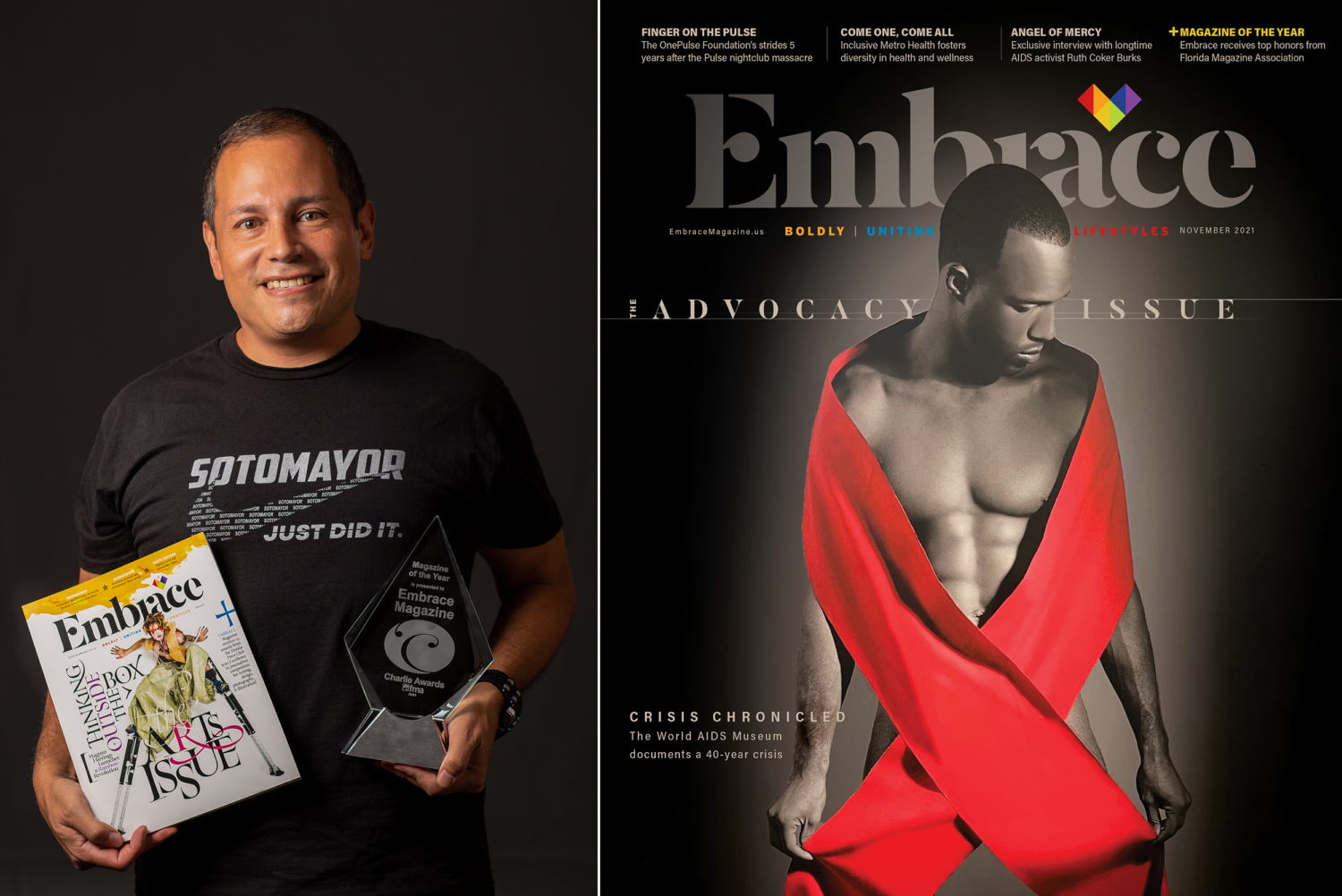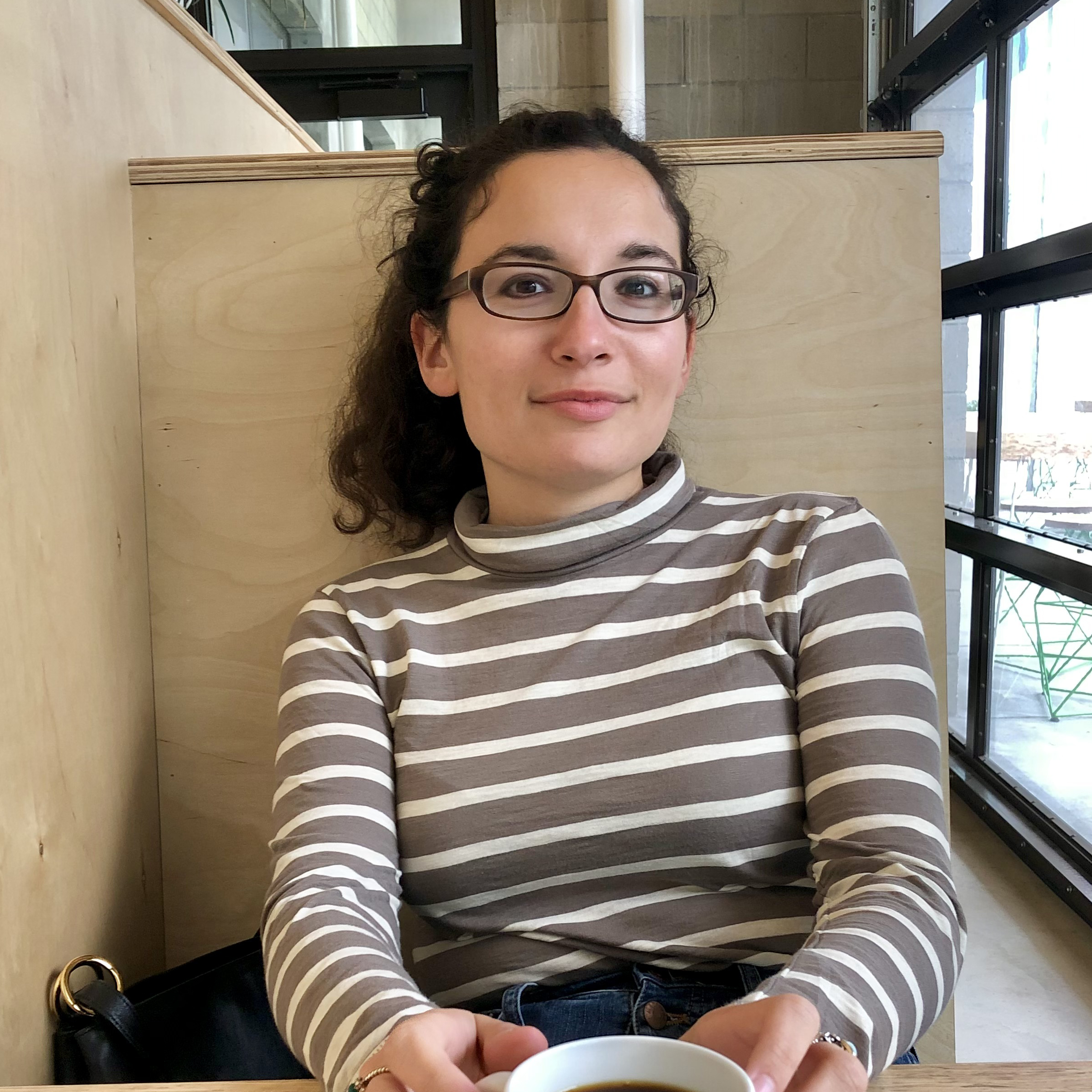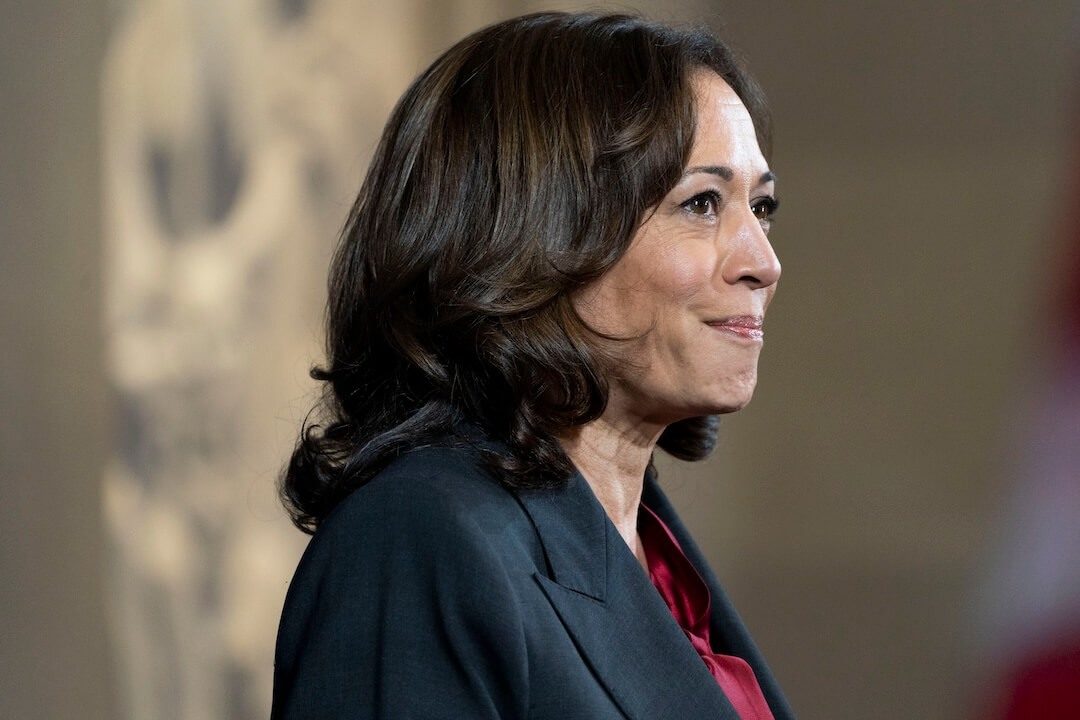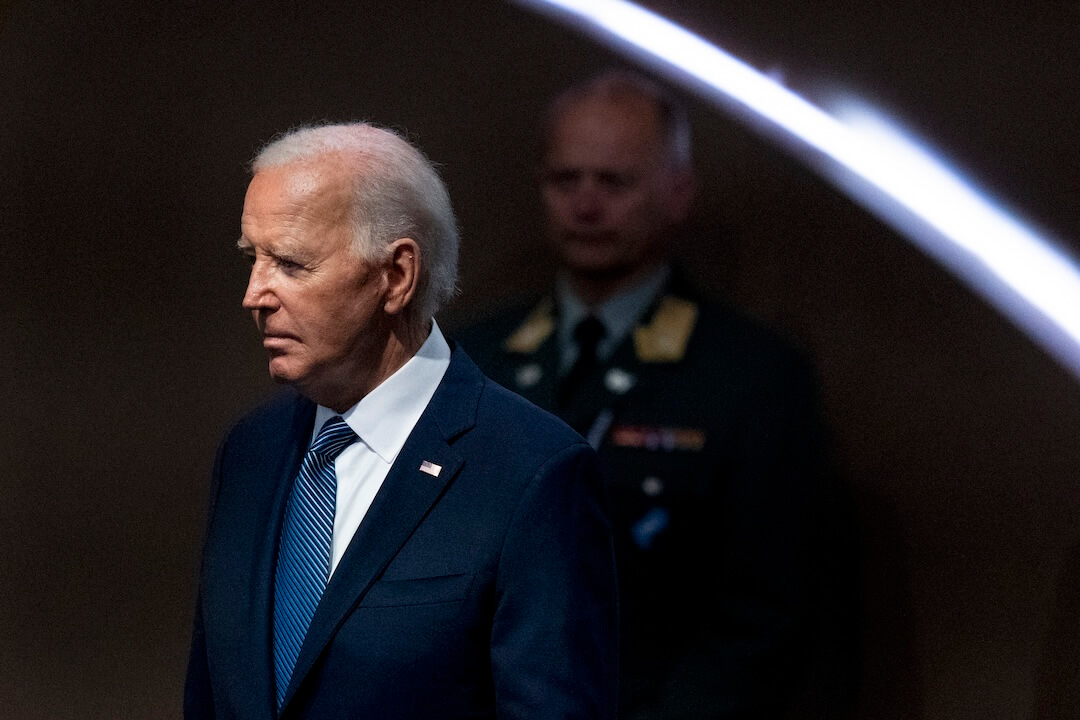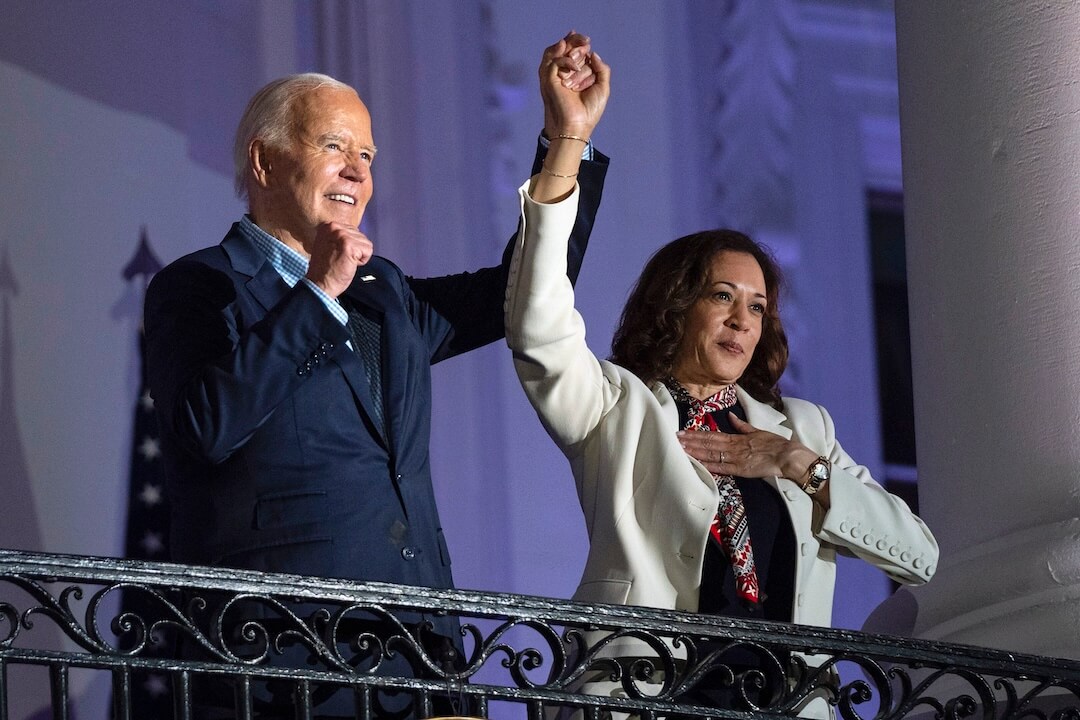Ten years have passed since the germ of the idea for a Florida-based LGBTQ publication first came to journalist John Sotomayor. And in 10 years, much has changed.
To start an LGBTQ magazine based in Ocala, one of the last remaining pockets of old Florida, surrounded by unvarnished nature and nicknamed the “horse capital of the world,” was already an ambitious idea. But to start one at the beginning of a global pandemic? That was on an entirely different level.
Of course, it wasn’t supposed to be that way. As with the best-laid plans, Sotomayor’s Embrace Magazine was set to launch in January 2020. Delays pushed that back to April 2020, which might have been fine in any other year. But it wasn’t any other year. Sotomayor watched as the pandemic hit and advertisers started expressing concern. He knew he could push the magazine’s start off even longer, but that meant slowing an issue he felt was ready to come out. So he forged on, telling the advertisers to pay him later or even never. Embrace Magazine would publish its inaugural issue in May 2020 — ready or not.
It might have been the best decision Sotomayor ever made. Within a year, the publication would be named “Magazine of the Year” by the Florida Magazine Association. Even on launch day, there were indications of the critical success to come.
“A miracle happened,” Sotomayor said. “Even though there was a pandemic, Embrace got such overwhelming support. Even my former publishers told me, ‘John, you hit a home run with this one.’”
* * *
The story of Embrace Magazine actually began nearly a decade earlier following the reaction to a piece published in another Florida magazine.
In 2012, Sotomayor was the executive editor at Ocala Magazine. Although he was openly gay to family and friends, he had yet to write for the outlet about his experiences or the gay community at large. It took the prompting of his publisher — looking to fill the hole of a story that had not panned out — for him to really consider it.
He gladly agreed but offered an important caveat — this couldn’t be a last-minute feature. “We shouldn’t do it as a story that takes three days,” he said, “we need to do it in three months.”
The piece — on faith and family in the LGBTQ community — was paired with a controversial editor’s note in which Sotomayor publicly came out. His publisher worried. Was he ready — and was the magazine ready — to announce his sexuality to the world? But on the same day as their conversation, CNN’s Anderson Cooper came out as gay. Sotomayor and his publisher saw that as a sign. And when the issue was published, they were both overwhelmed by the influx of positive letters.
That reaction was a breakthrough moment for Sotomayor. He realized what his future held.
“That kind of opened my eyes,” he said. “If I ever had the opportunity to start my own publication, that’s what I wanted to do — an LGBTQ publication.”
It still took nearly eight years for him to make that a reality. As the 50th anniversary of the Stonewall Uprising approached, a seminal moment in the rights of LGBTQ Americans, Sotomayor felt that it was time to act. He decided to build on traditional lifestyle magazines by opting to have themed issues, like home, medicine, the arts and advocacy. Each edition would include hard-hitting topics, including business, politics and religion. While the magazine would be geared towards an LGBTQ audience, Sotomayor wanted to include content that would resonate with straight people looking to learn more — especially those too afraid to ask.
With a team of writers, designers and photographers dedicated to the mission, Embrace Magazine launched its inaugural issue with profiles of LGBTQ love, a look at the friendship between a straight reality TV star and his bisexual manager and an interview with former presidential candidate Pete Buttigieg. Despite the hard work, it was still a risk.
“I did all of my homework to make sure that this would be the best publication we could put out there,” Sotomayor said. “I just could not put out an LGBTQ magazine that was not going to be an accurate representation.”
* * *
When Sotomayor ponders what makes Embrace different from other LGBTQ outlets, the answer comes back to depth. It’s not a highlight reel of event coverage but a look at the meaty stories affecting everyday life.
“What I love about a feature story in a magazine is that, if it’s layered and written properly, it’s like watching your favorite Netflix story and binge-watching a whole season,” he said. “It’s getting into the why behind what happened. To me, the why is always much more interesting.”
In one issue, Sotomayor explored the tense experiences of LGBTQ health care professionals on the front lines of the COVID-19 pandemic. Other features reflected on the mundanities of daily life, examining how to manage finances in a same-sex relationship and the pros of seeking alternative health care.
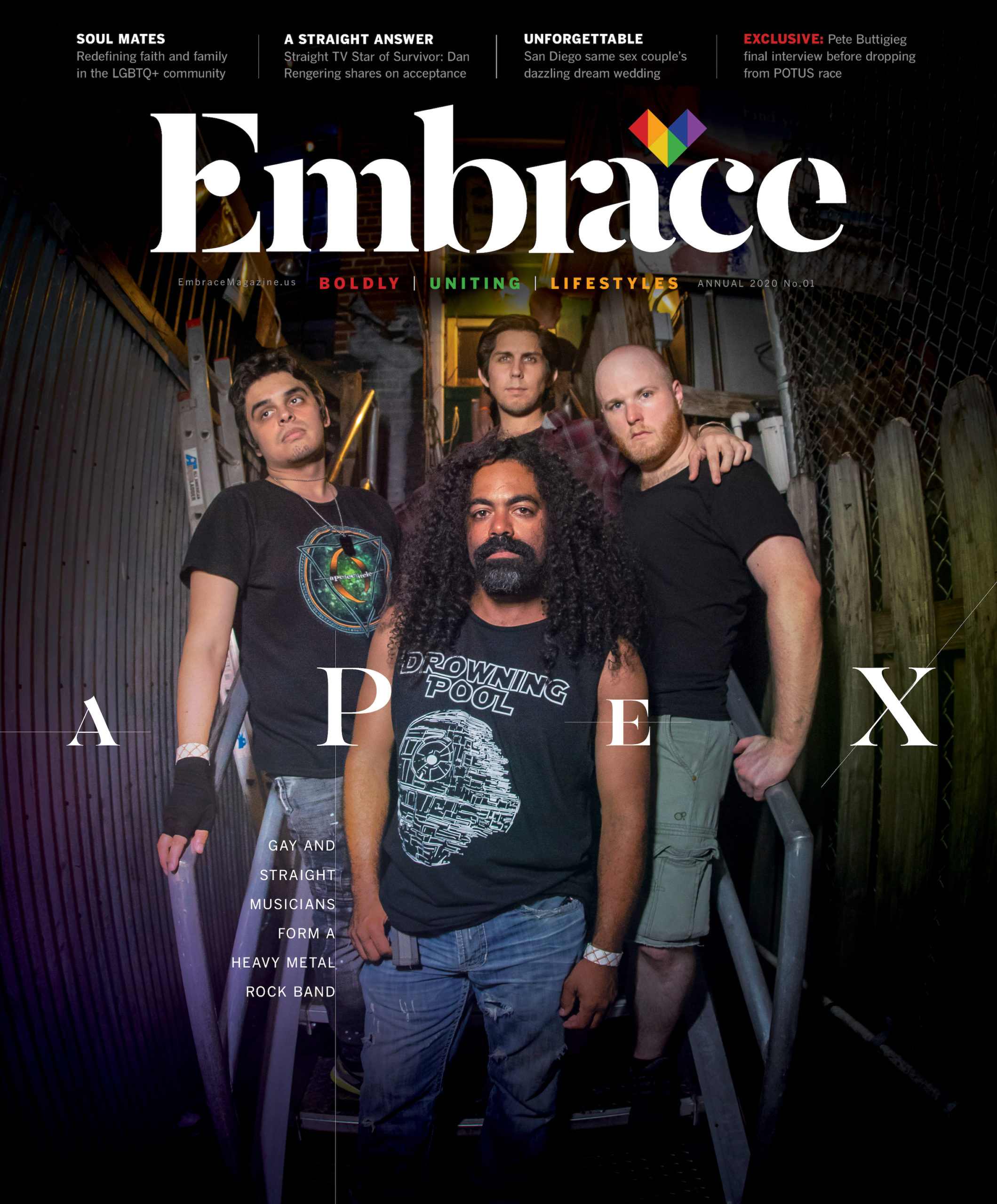
(Cover designed by Joe DeLeon of DeLeon Designs. Photo by Conan Segrest.)
These are the stories that don’t always get told at major newspapers. Journalist Michael Majchrowicz, president of the South Florida Chapter of the NLGJA: The Association of LGBTQ Journalists, knows that from personal experience. As an openly gay reporter at a daily newspaper in South Carolina, he investigated conversion therapy practices in the state for almost a year. But getting his editors on board proved difficult. His first conversation, in which he urged an editor to realize the story’s critical importance, did not go well.
“Their first response was, ‘Well, you were not hired to be the gay rights reporter or the gay rights advocate,’” Majchrowicz said. “It’s moments like that that underscore just how much farther we have to go as an industry to better understand our colleagues who are part of these communities.”
Majchrowicz’s story almost didn’t get written. At an LGBTQ publication, that discussion might have gone differently.
“More often than not, these are outlets that are filling in coverage gaps that aren’t necessarily reflected in coverage you might see from, say, a regional metro daily,” Majchrowicz said.
But part of LGBTQ representation in the media is not just covering stories that affect the community. It’s actually hiring queer staffers and giving them the resources to thrive, promoting them to positions of power and offering them control over editorial decisions.
Sotomayor has tried to keep that in mind when compiling his staff of contributors. About two-thirds of his staff are LGBTQ, some with vastly different experiences than Sotomayor.
“I’ve never done drag in my life. I can’t relate to what it’s like to be Black or a woman,” he said. “To have those perspectives from other people is very valuable to the magazine.”
* * *
What Embrace is now is just a sliver of what Sotomayor hopes it will one day become.
The magazine already has a six-continent readership, but he wants it to continue to grow. The brand now includes video and television coverage. Most importantly, Embrace has already made history as the first LGBTQ publication to win the Florida Magazine Association’s top award.
“I love the fact that we’re an LGBTQ publication at our core,” Sotomayor said, “but we are making revolutionary moves that could affect the entire industry.”
When Sotomayor sits down with daily newspaper journalists writing for Embrace for the first time, he offers them an important piece of advice: Don’t be afraid to go farther than you think is safe. Have a three-hour interview. Immerse yourself in the community. Listen.
Majchrowicz echoes that last part in his own words.
“For journalists who are not LGBTQ-identifying, I think it’s equally as important to just stop, take a step back and listen to your queer colleagues and try to understand the experiences that are shaping their perspectives here,” he said.
In the year and a half since Embrace has launched, Sotomayor has already noticed a difference in Ocala’s LGBTQ community. Drag queens are performing on major downtown streets and in neighboring rural counties. It brings to mind the magazine’s name itself.
“People are finding the courage to step out of the shadows and go out into the world,” Sotomayor said. “And people are embracing them.”
This article was made possible thanks to the support of the Gill Foundation.

